What’s a Good Subscription Rate for Solar Farms? Costs and Benefits (2024)
Are you interested in tapping into clean, renewable solar energy but don’t have the ability or resources to install solar panels on your property? Subscribing to a solar farm could be the perfect solution for you. But with subscription rates varying, it’s essential to understand what constitutes a “good” rate and how to evaluate the different offerings.
In this article, we’ll discuss solar farm subscriptions, also known as community solar, and provide you with the knowledge and tools to make an informed decision that aligns with your energy needs and budget.
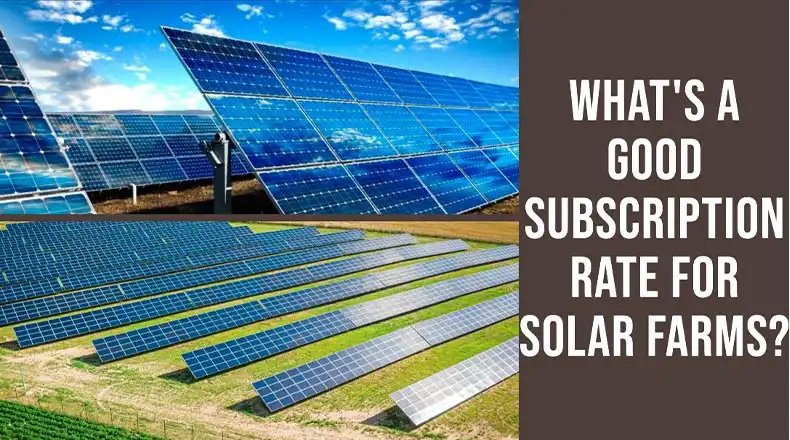
What is a Solar Farm Subscription
Solar farm subscriptions, or community solar programs, allow individuals, businesses, and organizations to subscribe to a portion of the electricity generated by a large-scale, offsite solar farm. Instead of installing solar panels on your property, you pay a subscription fee to the solar farm operator and receive credits on your utility bill for the energy your share produces.
One of the primary benefits of solar farm subscriptions is the ability to access clean, renewable energy without the upfront costs and maintenance responsibilities associated with owning and installing a rooftop solar system. It’s an excellent option for those who rent, have unsuitable roofs, or lack the space for their own solar installation.
How Solar Farm Subscriptions Work
When you subscribe to a solar farm, you essentially purchase a share of the electricity generated by the solar panels. The solar farm operator will typically offer various subscription plans with different contract terms, such as the duration of the agreement, escalation clauses for rate increases, and cancellation fees (if applicable).
Your subscription fee is usually calculated based on the amount of energy you intend to receive from the solar farm, and you’ll receive credits on your utility bill for the value of the solar energy produced by your share. The billing and payment processes can vary depending on the solar farm operator and your local utility company.
What is a Good Solar Farm Subscription Rates
While subscription rates can vary significantly based on the factors mentioned above, a general range for solar farm subscriptions is between 6 and 16 cents per kilowatt-hour (kWh) globally. However, it’s essential to research and compare rates in your local area, as they can differ due to regional factors.
To provide context, the average residential electricity rate in the United States is around 14-16 cents per kWh, although this can vary widely by state and utility provider. Subscribing to a solar farm with a rate lower than your current utility rate could potentially result in significant cost savings over time.
What Affects Solar Farm Subscription Rates
Subscription rates for solar farms can differ significantly due to various factors, including:
Solar farm size and capacity: Larger solar farms can take advantage of economies of scale, potentially offering lower subscription rates.
Efficiency and technology of solar panels: More efficient and advanced solar panels can generate more electricity, allowing solar farm operators to offer competitive rates.
Location and solar resource availability: Areas with higher levels of solar radiation can produce more energy, impacting subscription rates.
Initial investment costs: The upfront costs of land acquisition, solar panels, and equipment can influence the subscription rates offered.
Operational and maintenance costs: Ongoing expenses for maintaining and operating the solar farm may be reflected in subscription rates.
Utility rates and pricing structures: Subscription rates may be influenced by the local utility’s electricity rates and pricing models.
Government incentives and policies: Incentives and policies supporting renewable energy can help lower subscription rates.
How to Evaluate a “Good” Subscription Rate
When assessing whether a subscription rate is “good” for your particular situation, consider the following factors:
Electricity usage and potential savings: Evaluate your current electricity usage and compare the potential savings offered by the subscription rate to your current utility bills.
Contract terms: Carefully review the contract terms, including the length of the agreement, escalation clauses for rate increases, and any cancellation fees or penalties.
Reputation and track record of the solar farm operator: Research the company’s reputation, customer reviews, and track record in the solar industry.
Additional benefits or limitations: Some subscription plans may offer additional benefits, such as maintenance coverage or renewable energy credits, while others may have limitations or restrictions.
By considering these factors, you can determine whether a particular subscription rate aligns with your energy needs, budget, and long-term goals.
Final Words
Subscribing to a solar farm can be an excellent way to access clean, renewable energy while potentially saving money on your electricity bills. By understanding the factors that affect subscription rates, benchmarking rates in your area, and carefully evaluating the offerings from different solar farm operators, you can determine what constitutes a “good” subscription rate for your specific circumstances.
Remember, a good subscription rate should not only align with your budget but also provide long-term value and contribute to a more sustainable future. With the right solar farm subscription, you can enjoy the benefits of clean energy without the hassle of owning and maintaining your own solar installation.

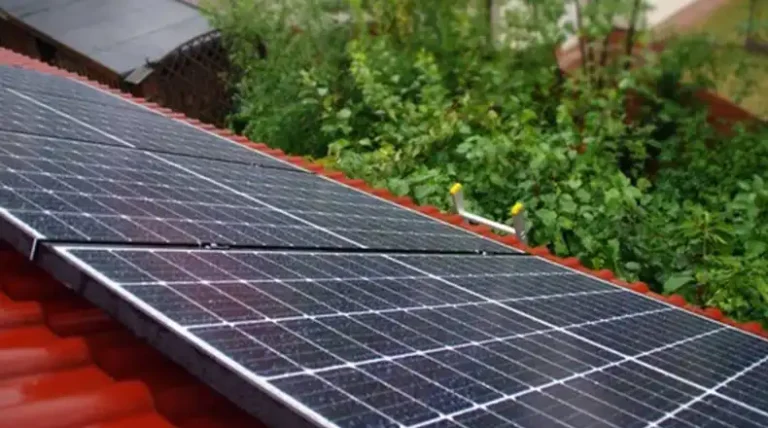

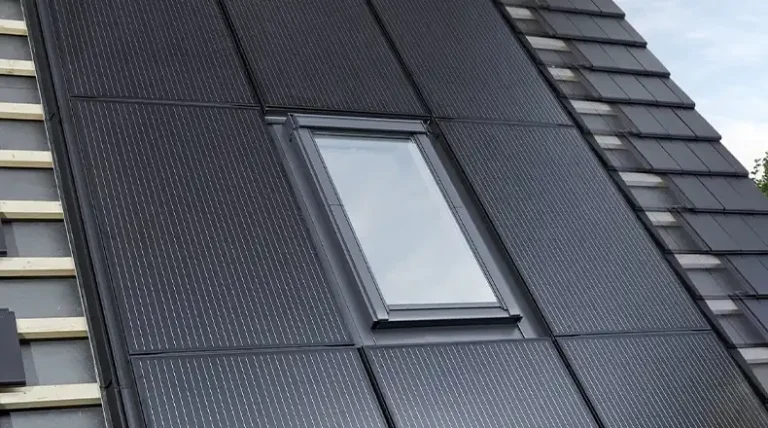
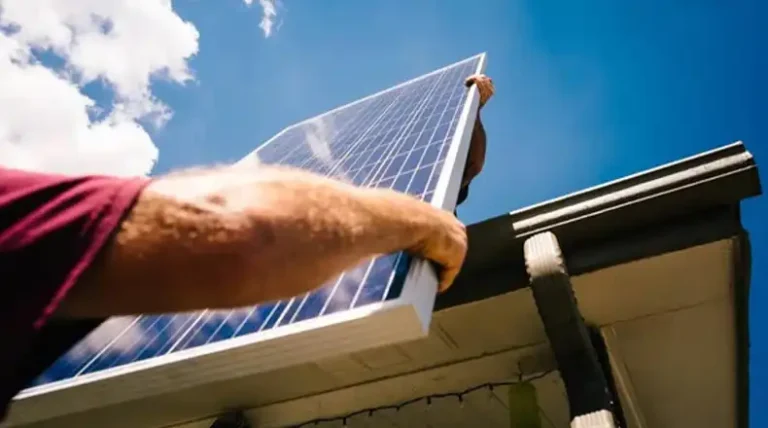
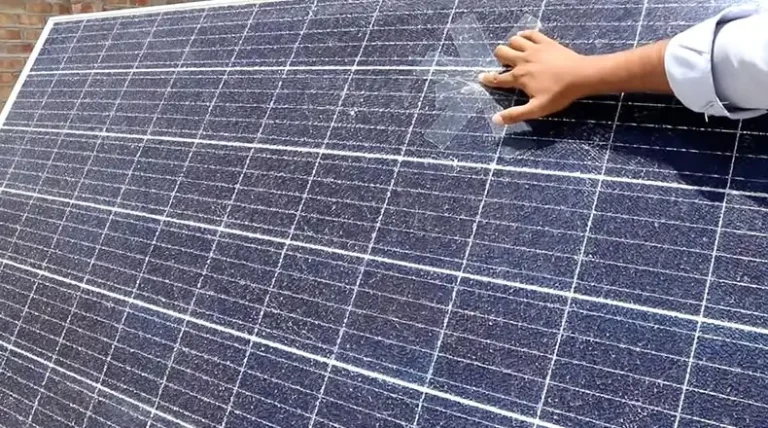
![Can You Make a Solar Panel out of CDs? [Answerd]](https://www.itekenergy.com/wp-content/uploads/2024/04/Can-You-Make-a-Solar-Panel-out-of-CDs-768x428.webp)
